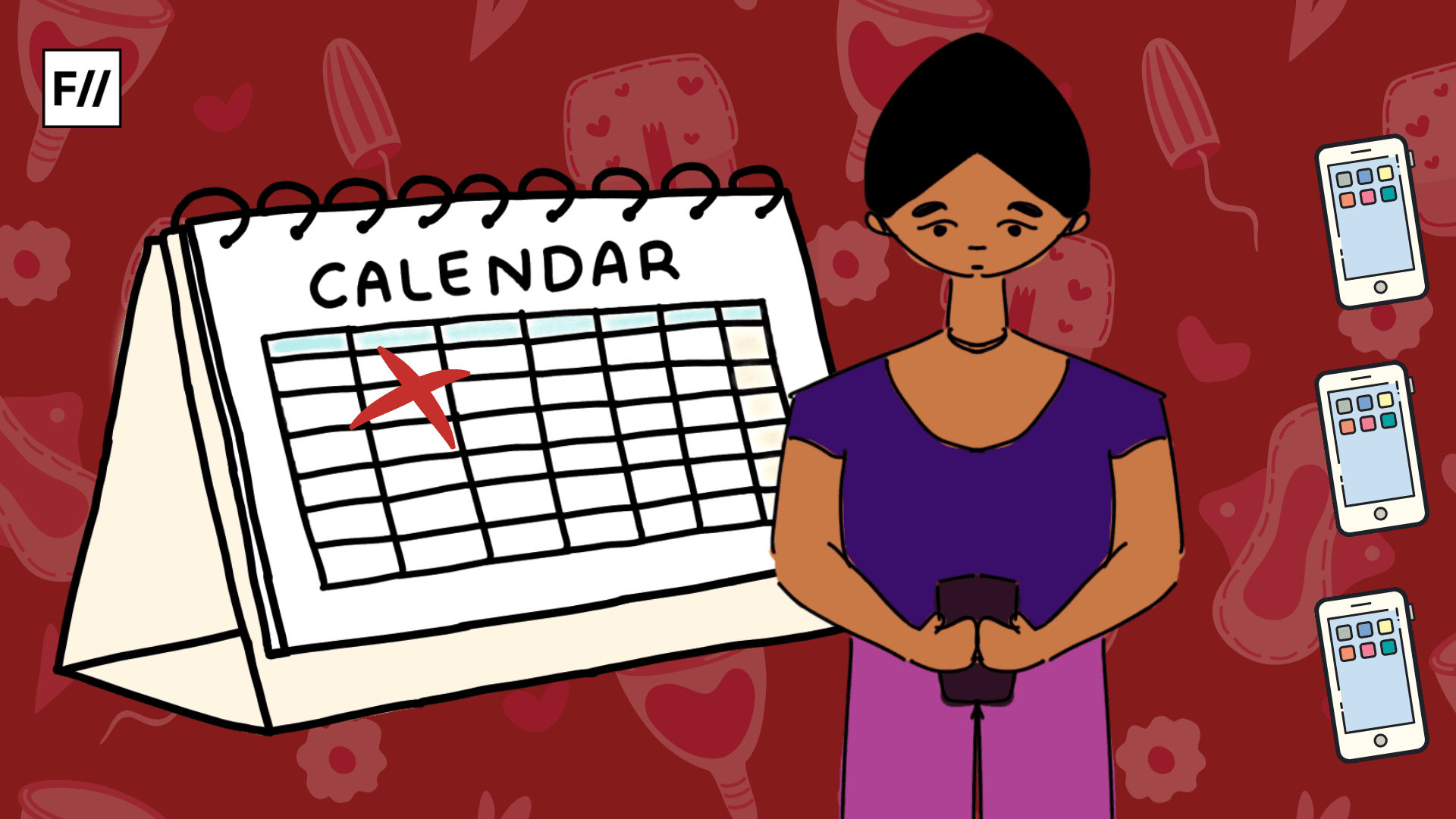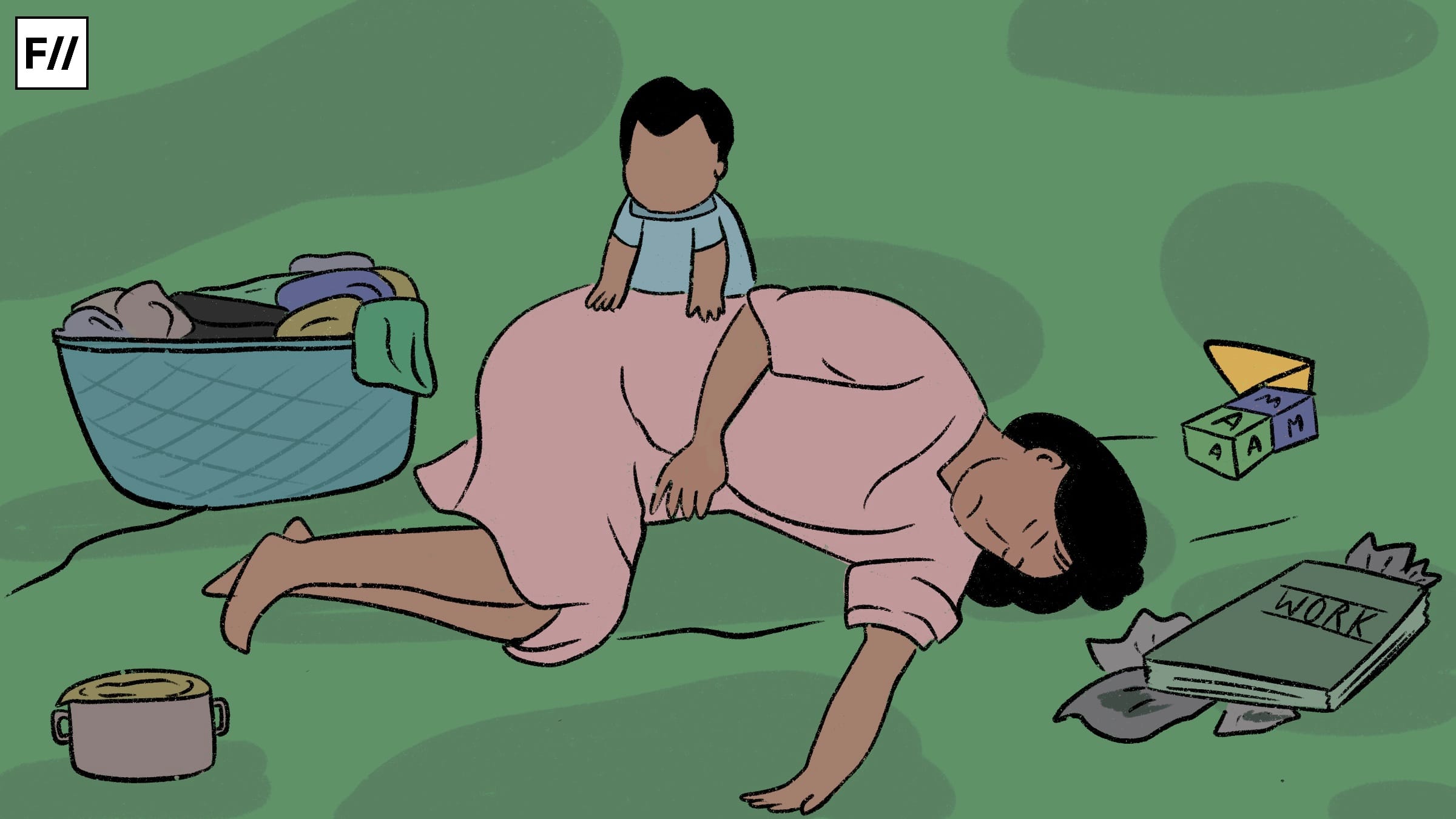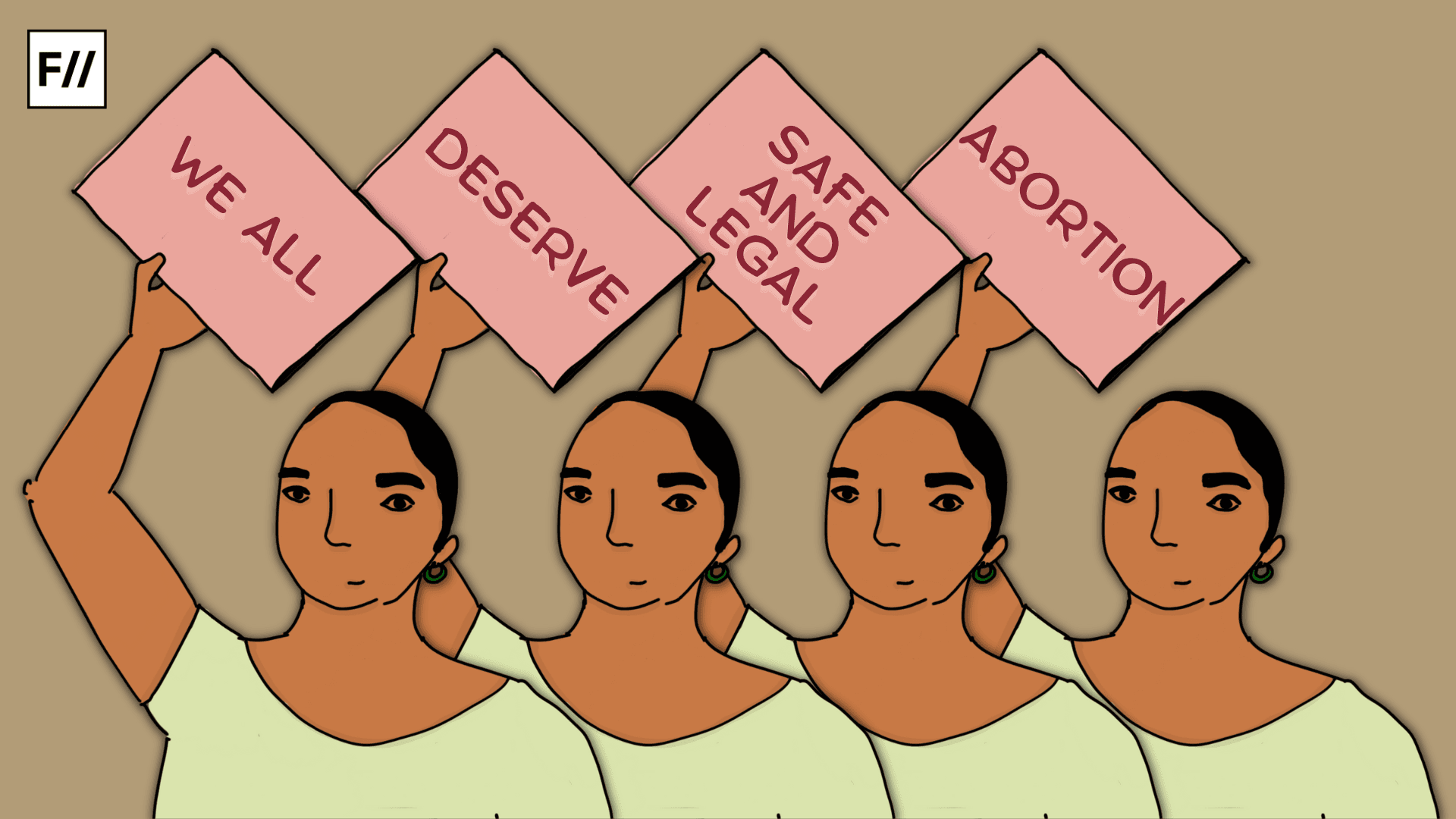In India, a woman’s body is not entirely her own—it is a site of social politics, of state intervention, and of deeply entrenched class and gender hierarchies. Family planning practices have both implicitly and explicitly played a role in defining the construct of the ‘modern woman,’ and how women are represented, regulated, and monitored through their reproductive and sexual capacities. From colonial-era anxieties about Indian fertility to post-independence sterilisation campaigns disproportionately targeting Dalit and Adivasi women, reproductive policies have long been a means of controlling marginalised communities rather than empowering them.
Colonial legacies of family planning
To truly grasp the complexities of reproductive rights and sexualities in India, mapping its history is a good place to start. Taking its roots in the colonial era, British administrators argued that Indian marital, sexual, and familial practices were responsible for Indian impoverishment. Among some Indian intellectuals and reformers, anxieties about overpopulation and focus on numbers as a mode of governance produced a new reproductive politics that linked reproductive rights to the economy.
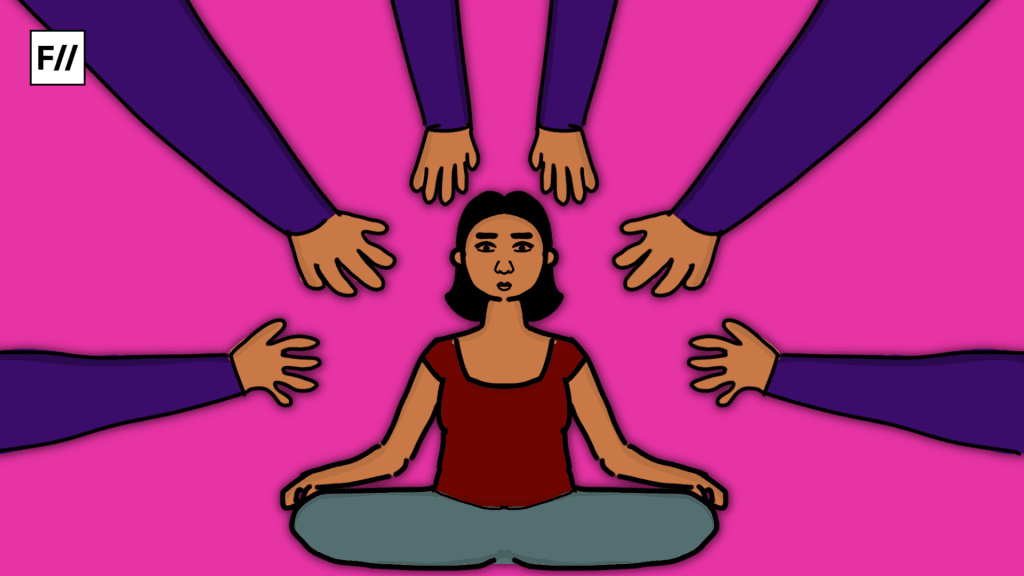
The push for reproductive control in India initially came from male Indian and British bureaucrats, statisticians, and social reformers, all influenced by emerging ideas of progress. Framed as “voluntary parenthood,” it was promoted as a necessary step for development—on a global, national, and personal level. Fertility control was no longer a private matter; it had become a political debate, located in the wombs of Indian women whose preferences were ignored for the ‘greater good,’ of development.
Who is the ‘modern,’ Indian woman?
Since independence, the “woman question” has been taken up anew by family planning programmes that link the “problematic” fertility of women to the nation’s ills and also seek to control the national destiny by controlling women’s sexuality and reproduction. Especially in the Indian context, there is a deeper concern raised at the core of this debate—was it possible for the new Indian woman, seen as the ideal, nurturing torchbearer of good family values, to be properly moral and to uphold cultural tradition while using contraception to control the number and timing of her children and even, perhaps, refusing to bear children altogether? Thus, while much of the existing discourse around fertility and family planning in India arose from beliefs from the colonial era, it has adopted a peculiar Indian signature that still corrupts the execution of these practices to this day.
Rather than concerns about women’s rights, the MTP was created from worries about population growth in India and was one of many initiatives, including forcible sterilisation, aimed at reducing the population growth rate.
The reproductive choices of the ‘progressive,‘ Indian woman have an identity that is defined only through her home and family. They are seen as capable of making rational choices and taking control of their futures—but always with a larger purpose in mind. The ultimate goal is not just their personal independence but the well-being of their children, families, and the nation as a whole.
In family planning campaigns, the most common image is that of the “wife mother“—a woman whose identity is tied to her family, respectability, and contribution to domestic stability. Through her, the idea that responsible motherhood is key to national progress is reinforced, often overlooking her as an independent individual with choices beyond family and reproduction.
Fast-forwarding to reproductive justice in India now, which has been shaped by the seemingly liberal abortion legislation of the Medical Termination of Pregnancy Act, 1971 (MTP). Rather than concerns about women’s rights, the MTP was created from worries about population growth in India and was one of many initiatives, including forcible sterilisation, aimed at reducing the population growth rate. Here, too, the inherent rights of women were considered. Alarmed by the number of women who died attempting to access unsafe abortion from backstreet providers, the state enacted the MTP with an underlying protectionist intent.
Moreover, despite the enactment of the MTP, a significant number of abortions in India remain unsafe. It is estimated that 77 percent of unintended pregnancies end in abortion, yet only 22 percent of these procedures are considered safe. Consequently, unsafe abortions contribute to approximately 8 percent of maternal mortality in the country.
Coercion, class, and caste in family planning policies
Pro-birth control activism has always taken on a gendered flavour while simultaneously targeting poor and working women. The quest for the assertion of reproductive agency by working-class women was and still is completely neglected in the campaign for birth control. Family planning campaigns, through an implicit class bias, have consistently employed coercive methods of targeting poorer women from lower-caste backgrounds and persuaded them to adopt contraceptive practices into their lives, disregarding the fact that most methods of birth control seemed alien, strange, and intrusive to most of these women.

Hence, no efforts are made to understand the sharp cultural distinction in how these women viewed their own bodies or their reproductive capacities, thereby contradicting the very purpose of family planning, which claimed to enable women’s liberation from the shackles of their wombs. Most state-sponsored family planning programs continue to use “compensation” payments to and for community incentive packages (offering to fund community improvements if a certain percentage of residents accept contraception). Such schemes underscore the program’s continuing coercive effects on those who occupy positions of social, economic, and political vulnerability.
The fertility control apparatus at both national and local levels uses a variety of communication media: illustrated booklets, posters, billboards, puppet plays, radio broadcasts, advertisements in magazines, and television and film. Each mode of dissemination is designed to reach and appeal to a particular section of the population: posters, skits, and illustrated storyboards are intended for the nonliterate (particularly women), comic books and radio for the upwardly mobile, and film for rural and urban audiences across a broad class spectrum. It is also evident that a large part of family planning promotional material has been aimed at those groups (classes, castes, and religious communities) already favourably positioned socially, economically, and politically and where they are receptive to the rhetoric of modernisation and aspire to its associated “advantages.”
A number of different criticisms have been levelled at family planning communication, especially at the way that information has been disseminated. For example, materials are regularly in languages (such as English) that are not spoken by their intended audiences. The program also publishes many written texts even though their target populations are largely nonliterate.
Family planning educational material is also overtly gendered in its assumptions and prescriptions about reproductive behaviour and the roles of men and women in society. In the fiscal year 2011–2012, approximately 4.6 million sterilisations were performed in India, with a staggering 93.1 percent of these procedures conducted on women. Because of its emphasis on female contraception, the government family planning program is seen by many feminist and activist organisations as being anti-women and guilty of reinforcing current gender inequalities.
Most significantly, although men are the primary subjects of some of these materials, a far greater proportion is directed at women, reflecting the widespread notion that women are responsible for reproduction. Materials promoting the use of condoms are directed not at men but at couples, pointedly avoiding the issues of male responsibility for contraception and prevalent ideas of gendered sexuality. The construction of women as primary agents of change ignores the substantial extent of male control over female sexuality and the multiple instances of patriarchal oppression women experience. Their very real powerlessness in reproductive choice for women has not been addressed in any sustained manner by family planners.
Towards reproductive justice: A rights-based approach
Reproductive justice in India is not just a matter of gender; it is deeply embedded with caste and class biases that make the process of ensuring equality for all a highly complex and multifaceted problem. The state’s family planning policies, often framed as developmental initiatives, have historically targeted marginalised communities—particularly Dalit and Adivasi women—through coercive sterilisation programs and restricted access to comprehensive reproductive healthcare. Considering the strong influences of caste-based discrimination and patriarchal control in such health advocacy programs, while some women are granted reproductive ‘choice,’ others are strategically denied autonomy over their own bodies.
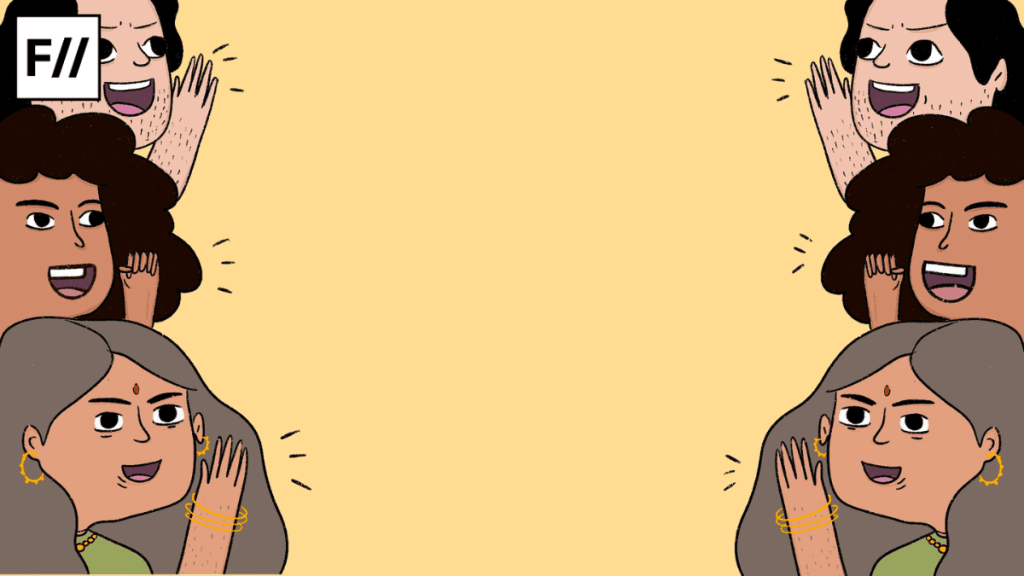
To move toward true reproductive justice, policies must prioritise choice, dignity, and agency rather than coercion and control. This means moving away from population-control narratives and toward a rights-based approach that ensures safe, accessible, and non-discriminatory reproductive healthcare for all. Fertility control movements need to begin by conceptualising women as independent, autonomous beings with their own sexualities and reproductive choices, and not just extensions of the nuclear Indian family. Legal reforms must ensure that abortion, contraception, and maternal healthcare are accessible without social or institutional barriers. Beyond state policies, social transformation is also crucial.
Reproductive rights cannot be separated from broader struggles against caste and gender oppression. Advocacy, awareness, and grassroots mobilisation are necessary to dismantle systemic barriers and ensure that reproductive justice becomes a reality for all rather than a privilege reserved for a few.
